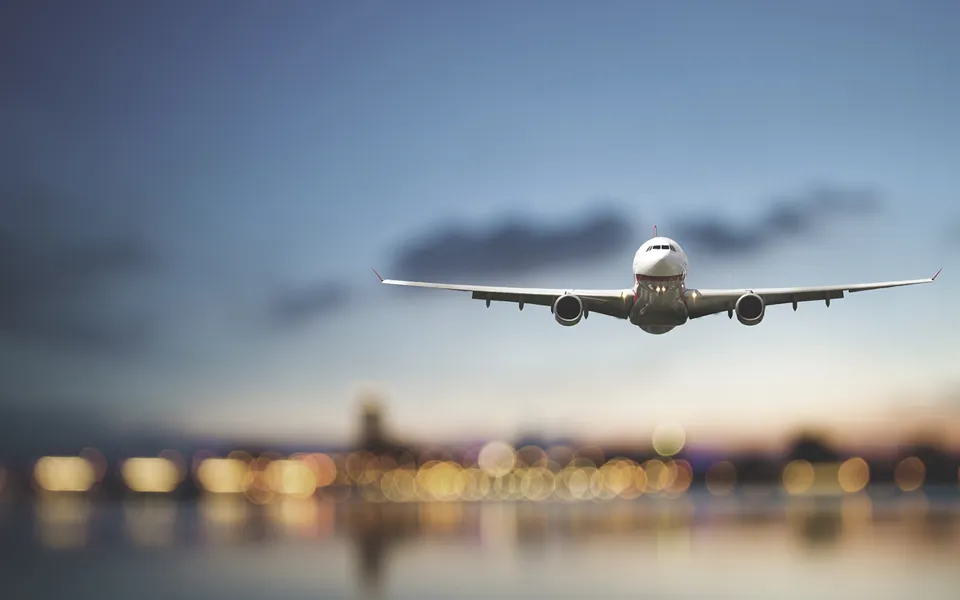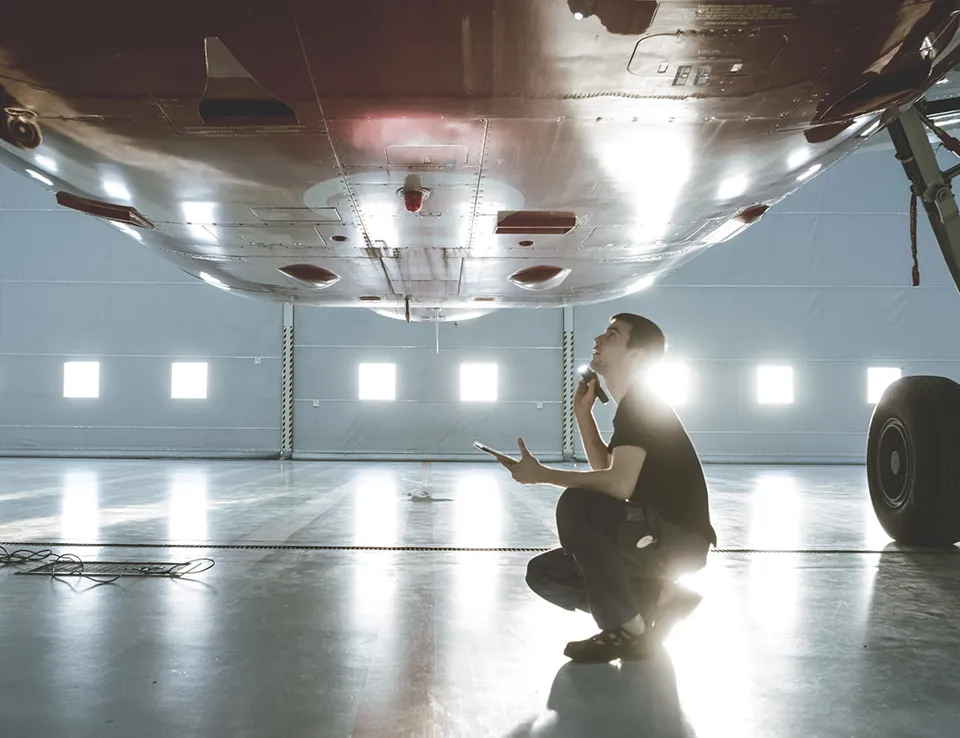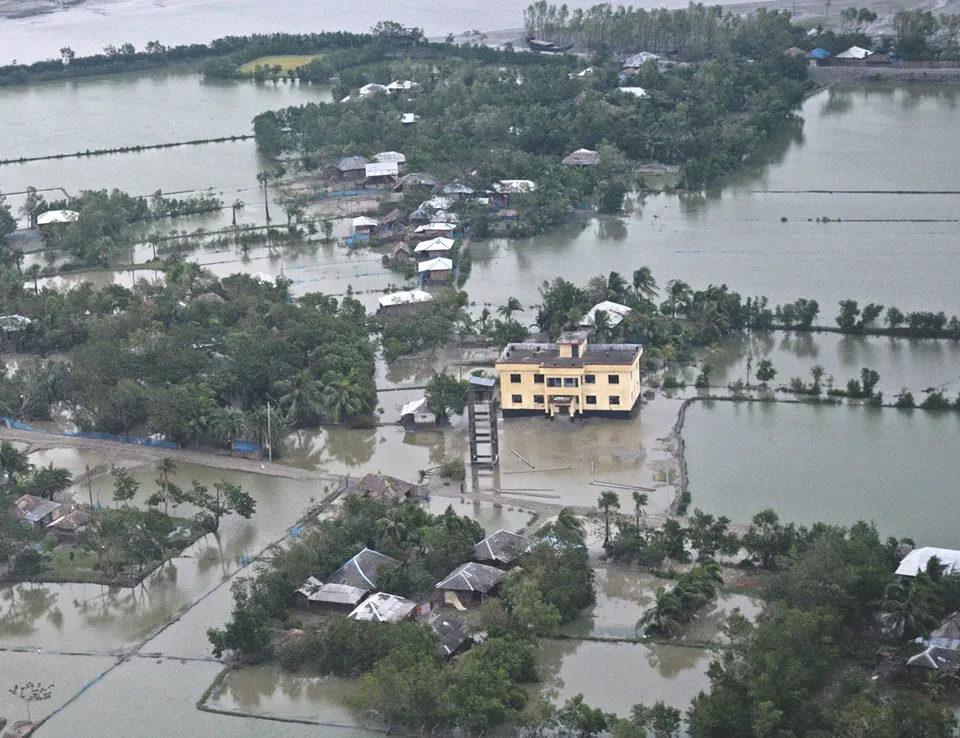SAFs are capable of emitting up to 80% less greenhouse gases than conventional jet fuel.
Clearing the path for Sustainable Aviation Fuels
Although acknowledged to account for around 2% of all human-made CO2 emissions, aviation has long been considered one of the most challenging sectors to decarbonise.
In part, this is due to some of its unique challenges: aircraft have lifecycles that span decades, for example; the limited commercial availability of alternative fuels to challenge conventional jet fuel supply; and also the financial reverberations of the COVID pandemic which, at its peak, reduced air traffic by 94% from business-as-usual.
And then there is rising demand. This year passenger, journeys are expected to return to pre-pandemic levels, with some industry projections suggesting activity could reach 16 million flights a year by 2050 – an increase in demand of more than 44% from 2019.
Despite these challenges, the sector recognises its role in global decarbonisation efforts. In 2021, IATA – a trade association representing over 330 airlines - and its members committed to achieving net-zero by 2050, a commitment that would put the sector in line with the Paris Agreement's temperature goal.
The sector hopes to reach its target through a ‘basket of measures’. Operational improvements, for example, are expected to contribute 3% of overall emission reductions. Fleet renewal, meanwhile, has delivered an average 1% improvement per annum for the past three decades. The sector is also looking towards the advent of electric and hydrogen propulsion systems to underpin a further 13% reduction in the period to 2050.
But the largest piece of aviation's decarbonisation puzzle is sustainable aviation fuel (SAF), with IATA estimating SAFs will contribute 65% of the sector's emissions reductions.
A drop-in alternative low carbon fuel
SAF can be produced using various feedstocks, including oils and fats, sugar and cereal, municipal solid waste, wood and agricultural residue, or renewable energy and carbon. Whilst they still result in CO2 emissions, they can emit up to 80% less greenhouse gases than conventional jet fuel.
But it is the ‘drop-in’ nature of SAF that underscores its importance as a pathway for decarbonising aviation. This capability means SAF can be blended with conventional jet fuel for use by today’s aircraft and distributed via existing infrastructure.
Furthermore, a study by Ricardo, on behalf of the European Parliament concluded that without SAF, technologies and operational measures alone will not achieve the EU’s broader Green Deal, which aims for "well-to-wake” emissions by 2050 to be less than 49.1 megatons (a reduction of 73% relative to the baseline value).
“The new EU Clearing House will help reduce the high cost and complexity of the certification process for new products. It’s about giving SAF producers more certainty about how the process will work, what they will need to demonstrate, and how they can put their product through testing as efficiently as possible.”
Rui Neiva, PhD
Principal Consultant, Sustainable Transport, Ricardo

SAF also has the support of policymakers: Europe’s ReFuelEU Aviation regulation now obligates all EU airports and fuel suppliers to increase the use of SAF from around 2% in 2025, to 6% by 2030, and then 70% by 2050.
The challenge, however, is securing the required volumes of SAF to meet the incoming policy targets and industry ambitions. Consider that in 2023 global production of SAF stood at around 150mn gallons, whereas a major international airline alone can burn through more than 4bn gallons of fuel in a year.
And the barriers to scaling up production are complex. SAF currently costs between two to five times more conventional aviation fuel, reflecting the additional processing to retrieve the required materials (carbon and hydrogen) from feedstocks to make the fuels.
Furthermore, all new SAF production pathways must undergo a rigorous testing program (ASTM D4054) to ensure their physical and chemical characteristics are almost identical to that of conventional jet fuel. This ensures they can be safely used as a blended fuel within current aircraft infrastructure, but adds to the timelines and costs of bringing products to market.


reduction in emissions
In response, the industry is looking to open new pathways to increase SAF production.
Today, eight technological pathways have been approved with additional pathways currently under evaluation.
And to help bring more SAF products to market - and encourage more diversification in feedstocks - specialist SAF Clearing Houses have been established in the US and, with support from Ricardo, in the UK and the EU.
The role of the Clearing House
The Clearing Houses collaborate with manufacturers on the test and certification processes for new SAF and provide virtual forums for stakeholders to evaluate issues such as data quality and stakeholder communications.
For the EU SAF Clearing House, launched by the European Union Aviation Safety Agency (EASA), Ricardo is the lead implementation partner and, alongside consortium members (Trinity College Dublin, Intertek, Politecnico di Torino, ENVISA, and Speak Legal and Policy Consulting), is creating a facility that will provide impartial technical support on testing and sustainability.
By reducing the uncertainty associated with bringing new SAF to market, it is hoped that the EU's Clearing House will support scaling of production to meet the ReFuelEU Aviation target of 70% SAF by 2050, whilst also promoting the wider use of SAF across international aviation.
Rui Neiva, PhD, Principal Consultant, Sustainable Transport at Ricardo has been working with EASA as Programme Manager to establish the EU Clearing House:
“Much like the Clearing Houses in the UK and the US, the EU facility will help reduce the high cost and complexity of the certification process for new products. It’s about giving SAF producers more certainty about how the process will work, what they will need to demonstrate, and how they can put their product through testing as efficiently as possible”.
"It will also help fuel producers assess the environmental impact of their SAF and understand how they can reach the eligibility criteria of international fuel sustainability frameworks."
Dr Neiva believes the new Clearing House will help spur the market for SAF in Europe:
“Relatively speaking, SAF is a new industry. But in Europe alone it is being asked to scale up production by several orders of magnitude. Hundreds of SAF production facilities will be needed across the EU. And throughout this period of rapid growth, customers in the aviation sector will need every confidence that this young industry is capable of meeting the challenge of producing demonstrably safe products in sufficiently high volumes".
"By providing a service recognised for its impartiality and technical insight, the EU Clearing House will help producers unlock new opportunities for SAF production and give assurance to the industry that there is support for emerging fuel suppliers".
Decarbonising the aviation sector represents a huge challenge. And there is little doubt that it requires the large-scale adoption of SAF across a relatively short period of time.
As such, initiatives like the Clearing House represent important milestones in the journey to a cleaner, more sustainable aviation sector in Europe.
More: Ricardo supporting EASA to establish EU Sustainable Aviation Fuels Clearing House

A wealth of expertise for the aviation sector
We work with governments, agencies, operators, manufacturers and supply chain partners to deliver enhanced safety practices and proven decarbonisation measures to the aviation market.
From strategic planning through to working concept and practical implementation, our experts provide cutting-edge innovations and tailormade solutions for clients. Services include:
- Consulting and advisory
- Design and engineering
- Project delivery and management
- Niche production capability
- Environmental and decarbonisation support









